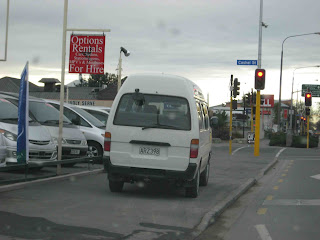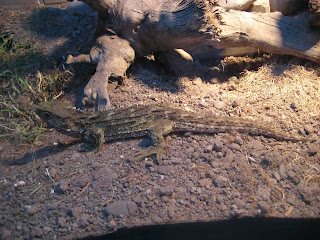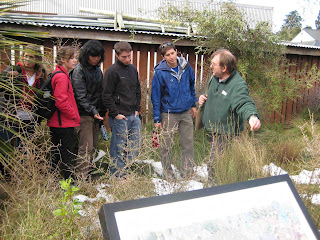Financial worries should not deter students from studying abroad
Posted: Tuesday, September 13, 2011 12:43 am
If paying for tuition, fees, rent, textbooks, food and personal expenses wasn't enough, I'd like to add another task to the typical college student's challenges: studying abroad.
It's not the most popular bullet on a financially challenged student's things-to-do list, but it is a truly enriching opportunity that should be experienced.
This past summer, I studied in New Zealand with Dr. Mark Hostetler. Unfortunately, the options at UF are very limited when it comes to engineering programs abroad.
Regardless, I was determined to experience life outside of the United States and decided on a program that interested me. It didn't matter whether it contributed to my degree or not.
The program, "New Zealand Biodiversity and Conservation," was completely unrelated to my mechanical engineering major.
The six-week period I spent on the other side of the planet was one of the most memorable times of my life.
The beautiful mountains, forests, plains, farms and beaches of New Zealand's south island were my classrooms, and nature hikes were a primary component of the learning experience.
Nothing here at UF has ever compared to the learning experience I had abroad.
This subject of study, which I had only a vague idea about when I applied, turned out to be an extremely important and interesting subject that had never even manifested itself as a conscious thought in my mind prior to this experience.
The combination of this new way of learning about such an alien topic of study and soaking up this new culture and lifestyle was an invaluable adventure.
Honestly, it helped open my eyes to the whole world.
I realized there is more to life than just being born, growing old and dying in the United States.
It made me hungry for more.
I now want to intern abroad, and I want to get my master's degree abroad.
I may want to call a new country my home in the future.
The bubble of the American lifestyle I'd been raised in my entire life had been popped, and an incredibly vast number of options and opportunities were revealed.
Now the hard part: money.
I know firsthand how terrifying the thought of gathering up thousands of dollars over a long period of time can be.
It's especially terrifying knowing you're just going to spend it all in as little as six weeks.
I was prepared to use the money I had saved from working and possibly to take out my first loan(s) to ensure I would not miss out on this opportunity.
But, as it turned out, I was extremely fortunate in this department.
I was awarded the Benjamin A. Gilman International Scholarship, giving me enough to cover all of the tuition and housing fees for my program.
It was an enormous burden lifted off my shoulders.
It is also not impossible for you.
Hunting down scholarships and grants to come up with the money to study abroad is completely worthwhile.
I hope my fellow Gators will be inspired to take advantage of the wonderful opportunities we have at UF to study abroad and that the Gilman scholarship will come to the aid of many other Gators as well.
Matt Caesar is a mechanical engineering senior at UF.


























































